Political PR has come of age in India, as country gears for mega poll battle this year
As India gears for the big Lok Sabha elections this year, the political machinery is on full swing to woo the voters and highlight their election manifestos. Along with parties’ mandates and candidates’ outreach, Public Relations has come to play a crucial role in the political arena as well.
Public Relations has evolved into a critical tool for both governing bodies and opposition parties. For the ruling government, it functions as a platform to exhibit its accomplishments, rally public support on key matters, and address grievances by soliciting feedback. Today, the government enlists PR agencies to drive stakeholder and community involvement to secure backing for forthcoming infrastructure projects. Similarly, for the opposition, PR represents a powerful mechanism to express dissenting views and spotlight significant policy deficiencies to the public.
Adgully reached out to PR experts to delve into the inner workings of the political side of the public relations industry. We sought insights into the key tactics political candidates employ to shape their public image, the new challenges and opportunities in this sector, and more.
Evolution of Political PR
Anup Sharma, an independent political communications consultant, observed, “It has been almost a decade since India witnessed its first ‘social media’ election in 2014. The upcoming 2024 national elections will be significantly influenced by Artificial Intelligence, which will have a profound impact on the election campaigning process. From analysing vast amounts of data to identifying trends and patterns in public opinion, sentiment and behaviour, advances in digital technology are providing new and faster tools for political messaging.”
“The AI-fueled 2024 election season is already here and we’re seeing political leaders engaging with their voters using a lot more AI generated content to communicate effectively in hyper local cohorts. Now, with the power of generative AI, the campaign managers are able to scan the internet, think about strategy, and come up with a hard-hitting appeal be it a speech, press release, meme, reel or video touting the benefits of one candidate over another. AI has armed the campaigners with an inexpensive way to respond instantly to campaign developments reducing the response time,” he added.
Commenting on the new ways in which the industry is engaging with the audience, Sunil Nair, Executive Director, Concept Public Relations, said, “The new ways are integrated and strategically multiplatform, multilingual, and multimodal messaging. It is like a tribal dance, where the message is a performance that involves haptics, audio-visuals, and graphics. The messaging process is rhythmic.”
Key tactics employed by political candidates
Nair highlighted, “Interpersonal messaging and communication continues to remain the dominant format. This is because misinformation is rampant. The audio visual is the next best and preferred option. Graphics and texts are the least trusted. Either it is in-person engagement or quasi in-person engagement using digital media that is the dominant approach. With time all social media messaging is losing credibility because all are ‘bots’ or ‘bought’.”
Meanwhile, Sharma noted, “With each election cycle, the ability for political parties to engage and target demographic groups is getting sharper. Over the last decade, it is now a proven fact that political messaging over the digital world has the potential to reach more than half the population directly and act like a force-multiplier in political messaging. AI-led campaign strategies are enabling targeting individual voters with specially crafted content. As India heads to the big election, there will be a significant focus on 18-19-year-olds entering the electoral arena for the first time. Ahead of the 2019 General Elections, the Election Commission of India noted 900 million registered voters, with 15 million first-time voters in the 18-19 age group. This number has grown significantly. These young voters, with concerns about employment, education, examinations, skilling, and aspiration, are likely to influence electoral and political agendas. Recognising their importance, political parties have plans to appeal to them.”
Further highlighting the strategies led by the current ruling party, Sharma said, “Staying ahead of the curve, Prime Minister Modi has already addressed thousands of first-time voters virtually on January 25, 2024, the National Voter’s Day, assembled at around 5,000-plus organised ‘NaMo Nav Matadata Sammelans’ across the country.”
New opportunities and challenges in shaping & managing political reputations
“With a mobile in hand and almost free data, today everyone is a media content creator and also a distributor. Anyone with access to the internet can contribute to the war on misinformation and unfortunately, the politicians are one of the biggest culprits turning the term fake news into a weapon. Now, with AI fuel and deepfake technology, the 2024 elections will see a tsunami of fake information in the form of videos, photographs, and audio content. These will be amplified via social media including YouTube, Facebook, X (Twitter) and especially WhatsApp. And as fake content will be generated and amplified via the social networks, the campaign managers will struggle to counter the false narratives,” cautioned Sharma.
He further said, “As seen in recent assembly elections, the role of popular social media influencers will expand. Parties are already engaging with YouTubers and social media influencers. In addition to key party officials and IT cell heads, political parties are collaborating with content creators and influencers in their war rooms for strategy, training, and message delivery. Local influencers, along with office bearers and booth workers, will contribute as social media influencers, creating memes, videos, and messages emphasising local issues.”
Sunil Nair of Concept PR noted, “There is a rapid shifting and realigning happening across the political spectrum. Typically, the neo-converts want to show they are more loyal. There is an intergenerational conflict too. Hyper personalised, hyper local and free content is required but generating such a narrative is in itself a costly business. Overall, this means that many politicians are under pressure to comply with top bosses, they are exhibiting a troller mentality, are looking for short term gains, and lack their own ideological and philosophical bearings. This makes PR plans and strategies focus only on tactics. A ‘winner takes it all’ approach has already set in. We are seeing this behaviour, where the loser is wiped out while the winner lacks capacity to do anything other than win the election. This puts a lot of commercial and economic pressure on long term work both for clients and PR agencies.”



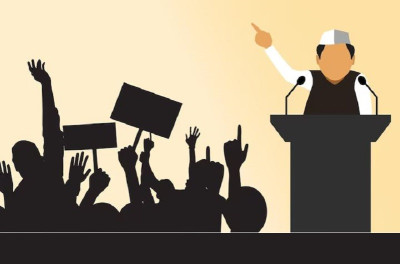

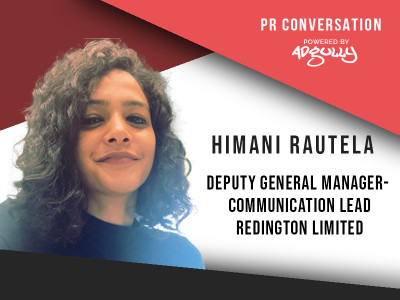
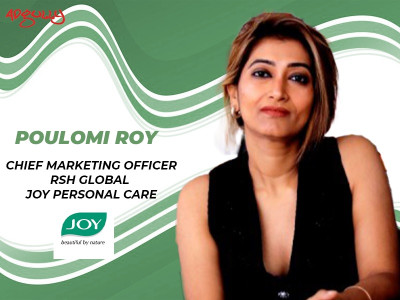
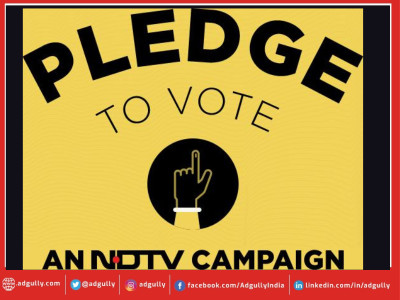
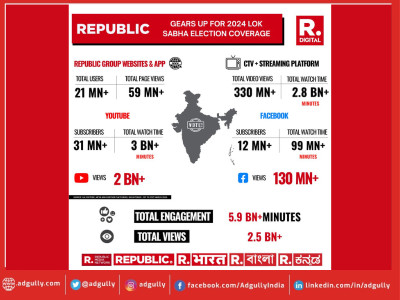
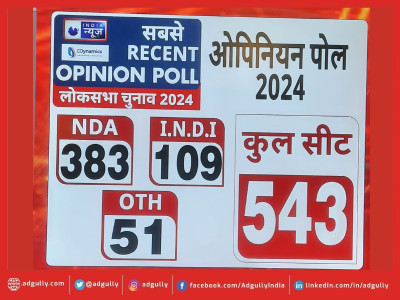
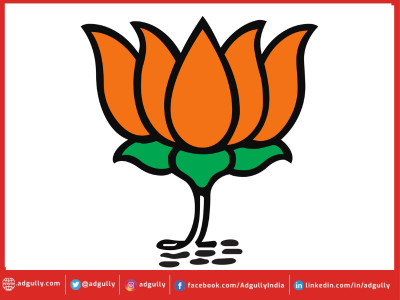
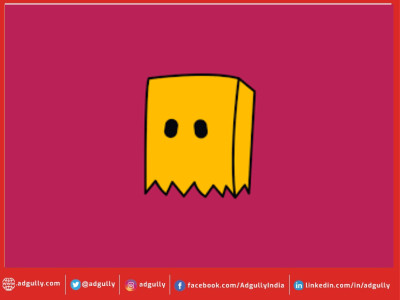






Share
Facebook
YouTube
Tweet
Twitter
LinkedIn